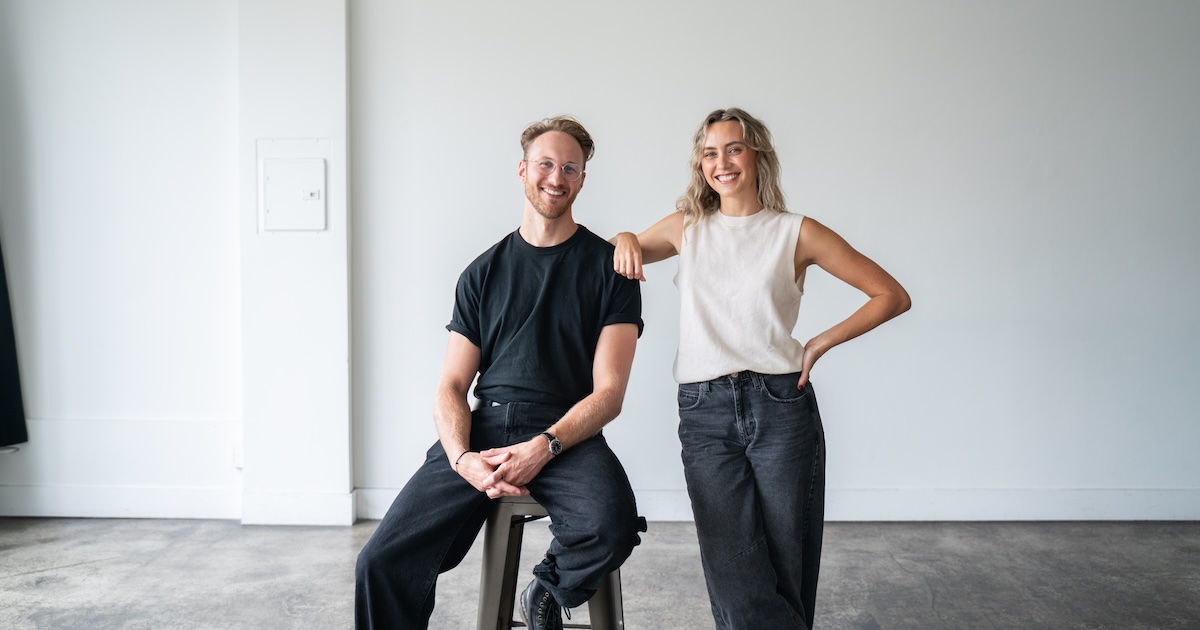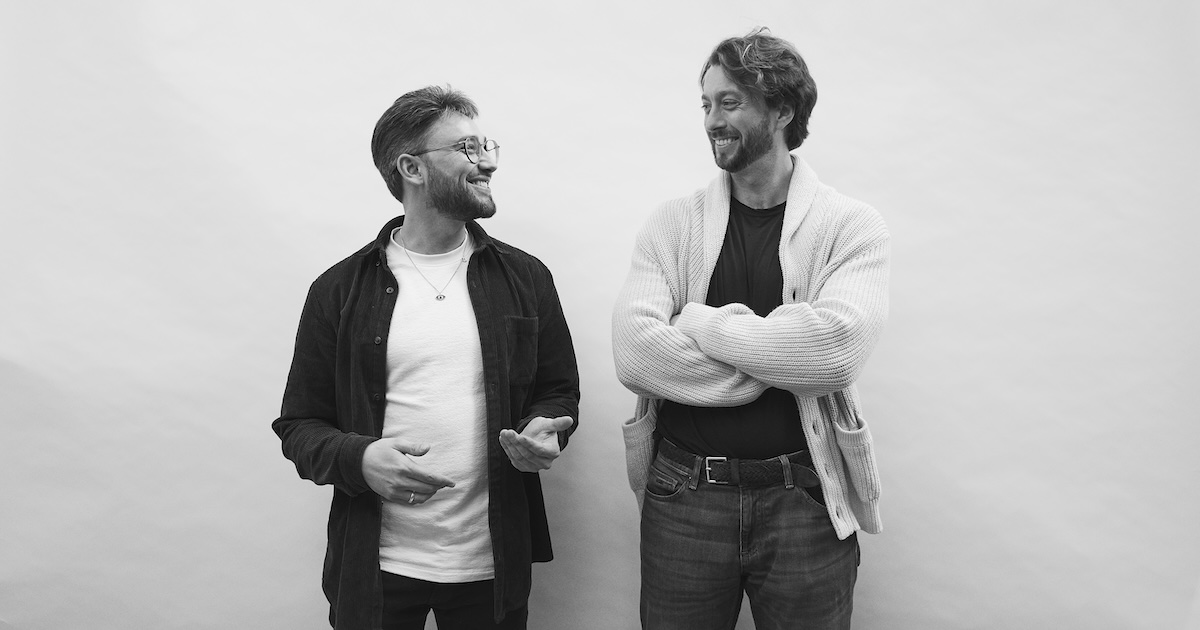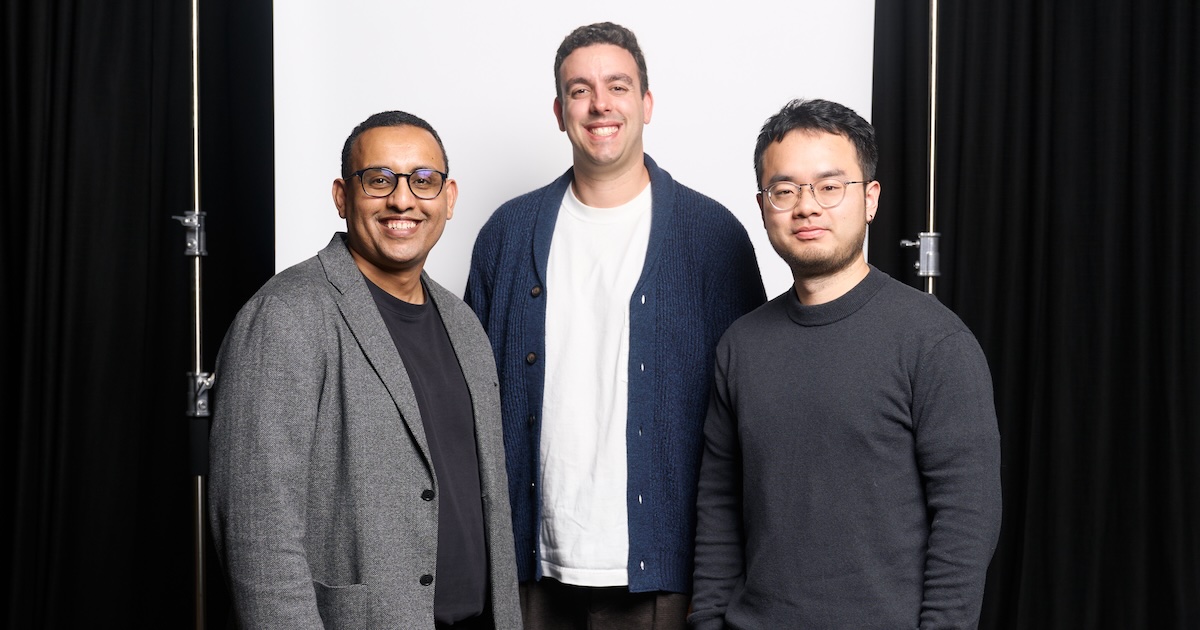
Investing in the Misunderstood
Where did all the SaaS companies go?
Happy 2017! To kick off the year, we wanted to share how our investment thesis is evolving at Blackbird.
Howard Marks of Oaktree Capital famously said that to make money in the investment world it isn’t enough to be right, you have to be right and think differently from the market consensus.
At Blackbird we’re drawn to the misunderstood and there is no area more exciting and more misunderstood right now than companies that look like science fiction but are built like software companies.
Blackbird’s original hypothesis was formed around the Software as a Service (SaaS) founders we were seeing here in Australia who had an insight to sell globally from day one. A large number of those investments have had a wonderful beginning to their lives and are rapidly scaling their operations to become substantial companies.
Our first fund raised in 2013 is packed with SaaS companies and we’re fortunate to have backed emerging leaders like Canva, Safety Culture, CultureAmp, Edrolo, Autopilot, Skedulo, Propeller and Accelo.Our second fund, raised mid 2015 is off to a different start. Only four of the first ten investments are SaaS companies, about half the rate of the first fund.
So where did the SaaS companies go? And where have we been investing?
We still love the global from day one SaaS investment theme, but beginning with our meeting with autonomous transportation business Zoox just three years ago, we began to see the most ambitious founders in Australia turning their attention to more technical endeavours like lidars, robotics and spacecraft.
At first glance these seemed like science projects, but the more we investigated their plans, the more we saw that they have many of the characteristics we love about software companies.
Units of Progress
Each venture capital financing provides a relatively short period of runway, usually 12–18 months, to observe units of progress. Unless you have rapidly iterating product teams coupled with short sales cycles it is very hard to observe real progress in such a short time.
From the outside, you might think lidar, spacecraft and robotics startups are the very opposite of being able to achieve units of progress in a 12–18 month timeframe. That they require long product cycles combined with long sales cycles and have a reliance on big company partnerships or OEM deals. You might assume they’re destined for the graveyard of hardware companies that came a decade ago.
But once you drill down, you find a new breed of physical technology companies speaking to users from day one, developing a product within months, and having happy customers within a year.
An example from our second early stage fund is Baraja, which is producing a new form of lidar (laser radar) which is the chief sensor of an autonomous vehicle. We invested in their seed round in February of last year. In the twelve months since, the team has relentlessly talked with customers, explored several paths to market, and developed their initial product. They will ship to their first paying customer in a few weeks time.
All this in twelve months and with just a couple of million dollars in capital.
That’s about how long and how much it costs to build a new SaaS product.
This new breed of companies are riding the same foundational trends of open source and cheap computing as their software counterparts.
These companies will always have the added capital burden of manufacturing their physical product. But today they are able to assemble their first products from off the shelf hardware components rather than having to invent them, reducing the time and cost of the build. The business value comes in taking these components and bundling or controlling them by software, and linking them to networks and data.
The sales process for Baraja is also completely different. As traditional automotive hardware distribution models break down, Baraja can sell alpha and beta versions of their products directly to new-wave manufacturers with SaaS-like sales cycles, rather than the multi-year cycles of incumbents.
The road is still long and hard for Baraja but we’ve been deeply impressed by their beginning. We are excited to meet other companies that on the surface look like marathons of non-feedback loops but underneath are much more like high throughput, fast iterating software companies.
So where did all the SaaS companies go?
The startup world catches the waves of change that offer an opportunity for them to disrupt the current status quo. But all waves reach the shore eventually and new ones follow quickly behind.
The flipside to the coming opportunities in autonomous transportation, spacecraft and robotics is the waves of mobile and cloud starting to come to shore.
While we’re not ready to say that SaaS, mobile and cloud are done, we have noticed a downturn in the number of game-changing startups being formed around these ideas in the last year. We still vigorously search for the next great Australian SaaS company with the ambition to be the best in the world but our standards are high and they have not been met recently.
Over the course of history, there were plenty of venture capitalists that kept investing in the prior wave and failed to surf the new waves of opportunity. We see many great opportunities to invest in SaaS companies in the years ahead but it seems some of the best Australian founders are turning to new, more ambitious endeavours, many of which involve much greater technical risk and physical products.
At Blackbird we back big ambition. We’ll continue to explore where others might instinctively fear to tread.
We will search for the answer to the question of whether a startup that looks crazy on the surface might actually be achievable thanks to of the relentless progress of technology.
We think this is the beginning of the next wave of wealth generation in startups.
We can’t wait to see what opportunities 2017 will bring.





.avif)





